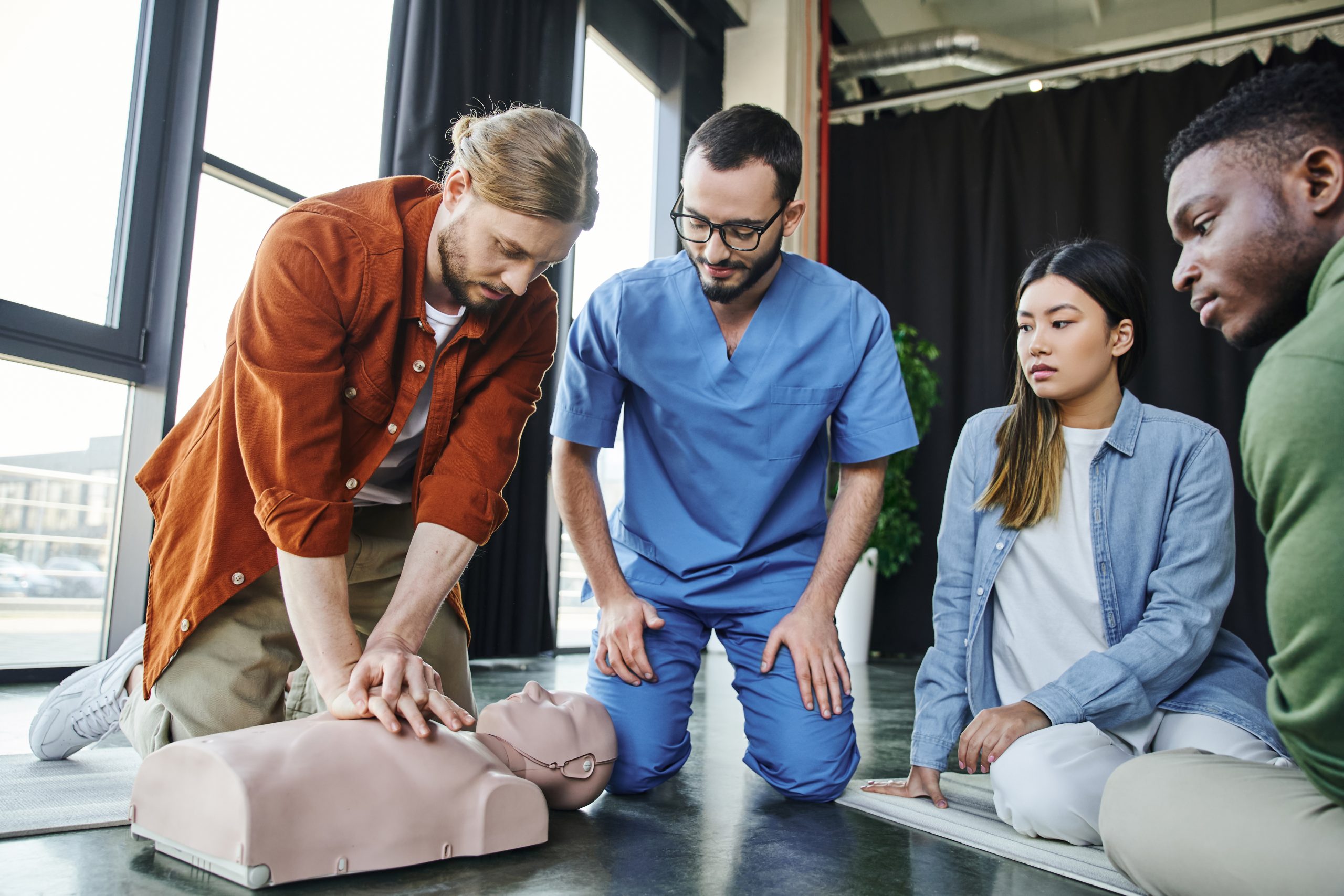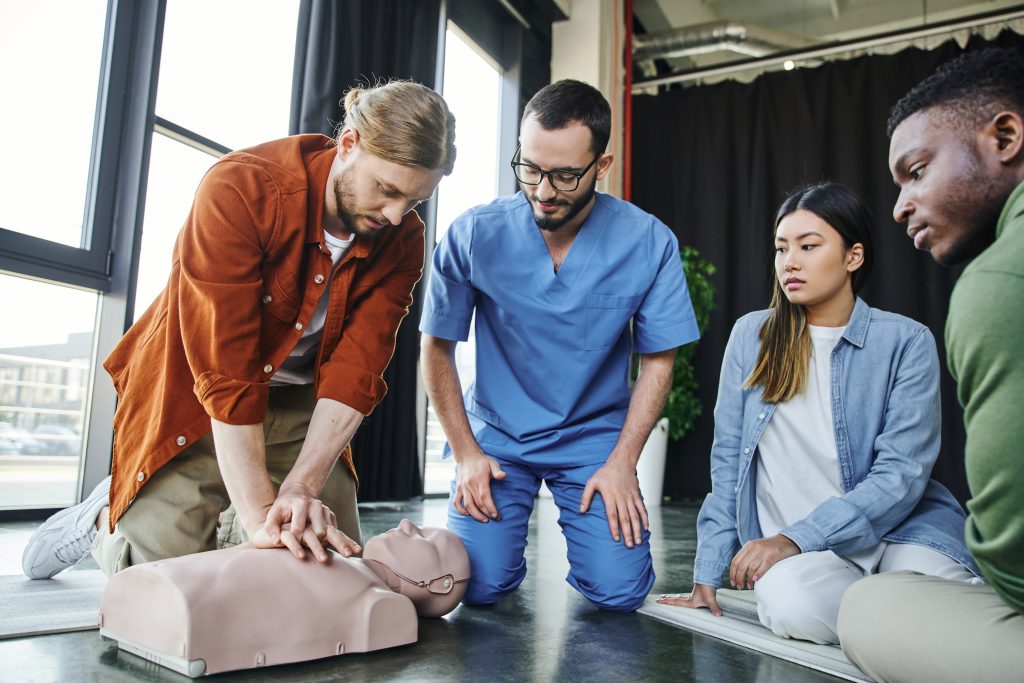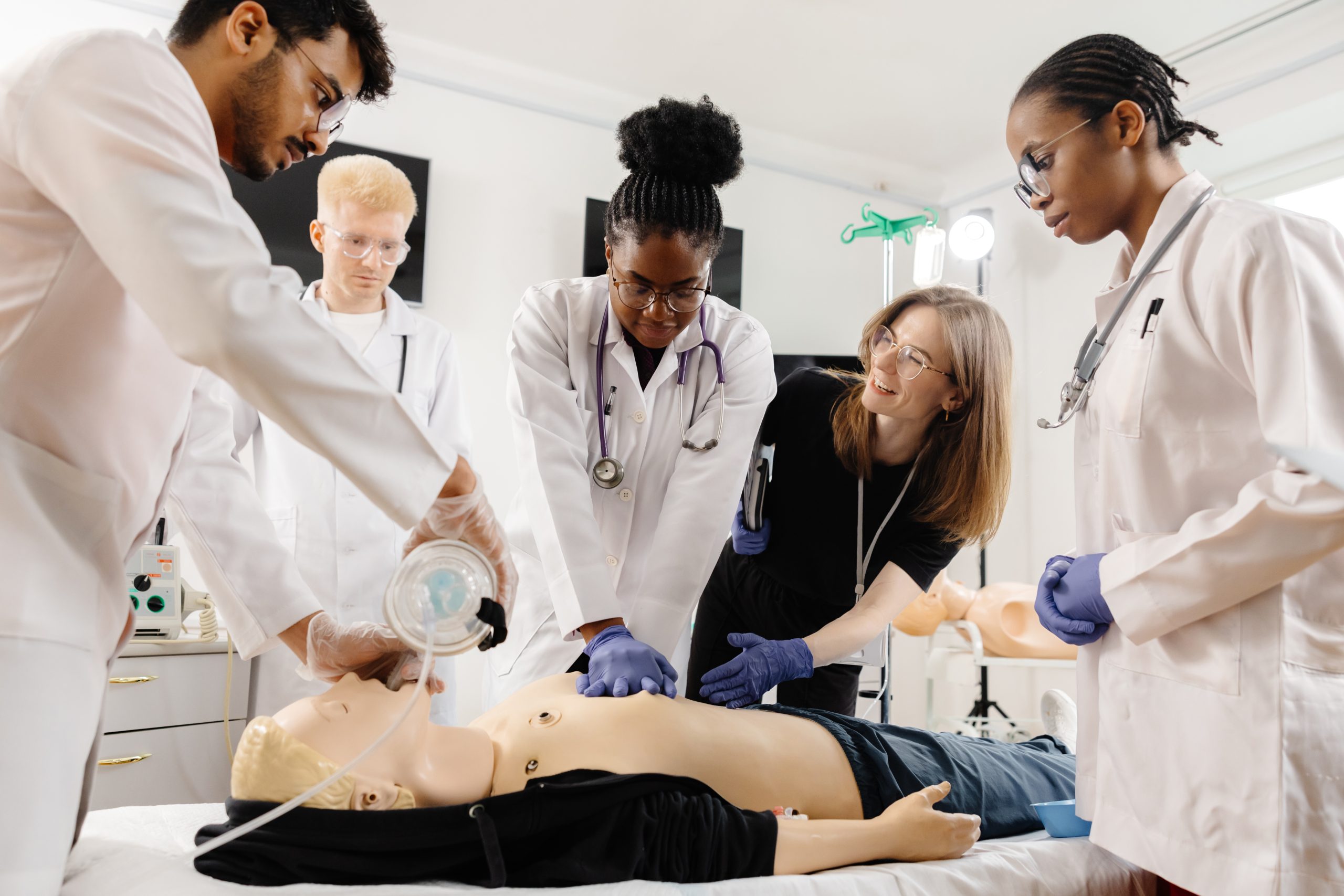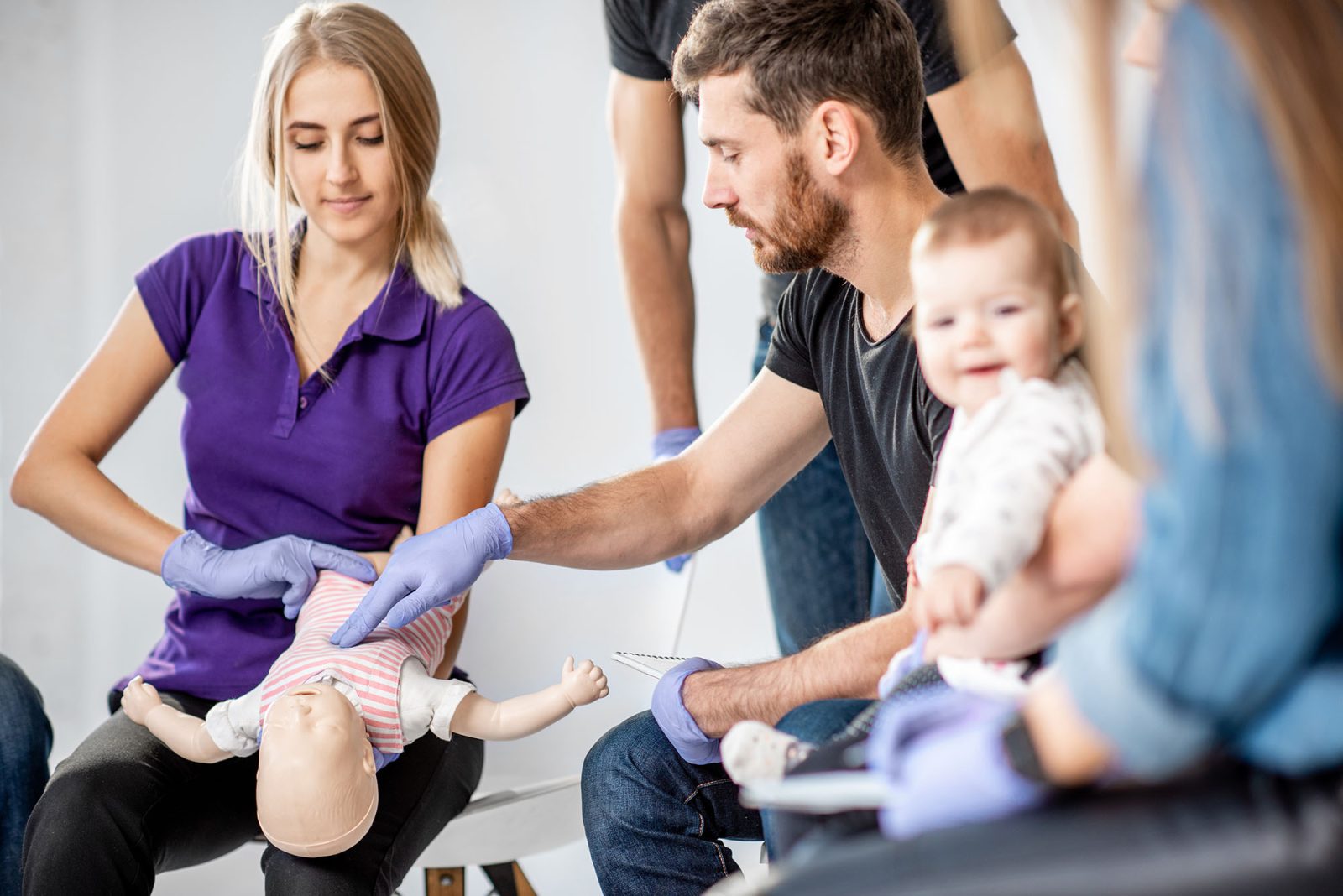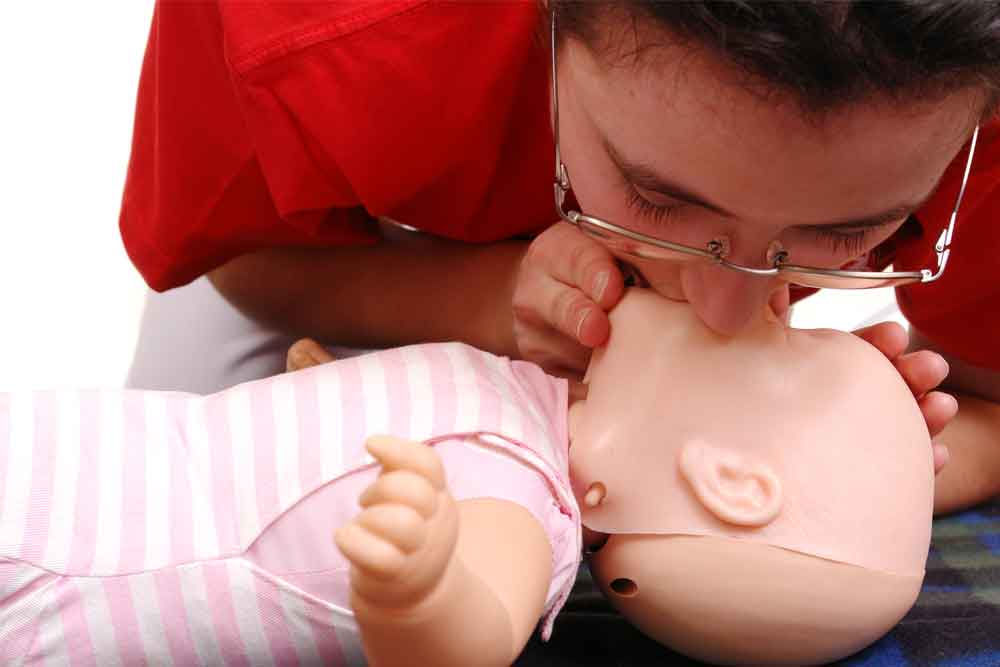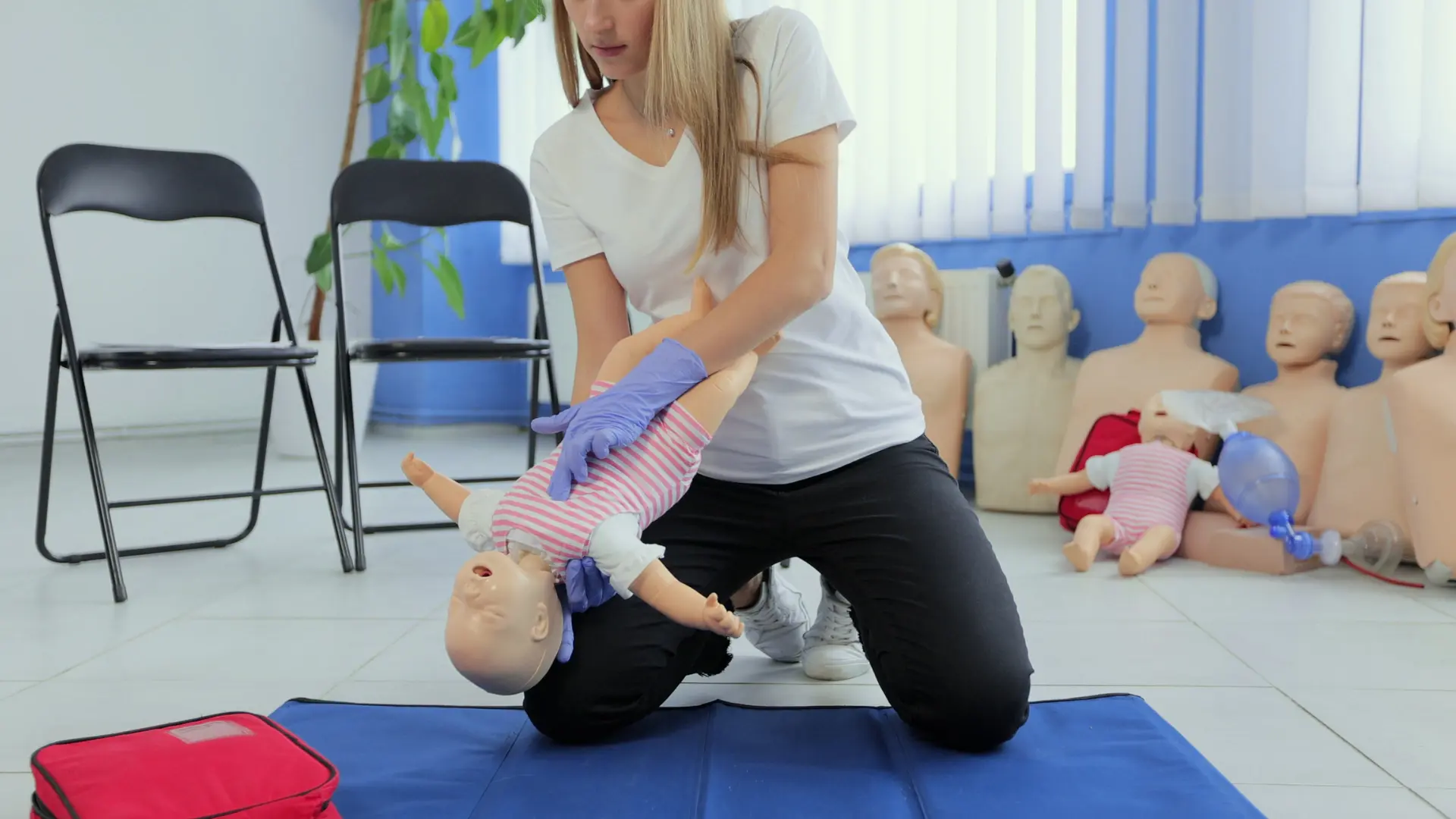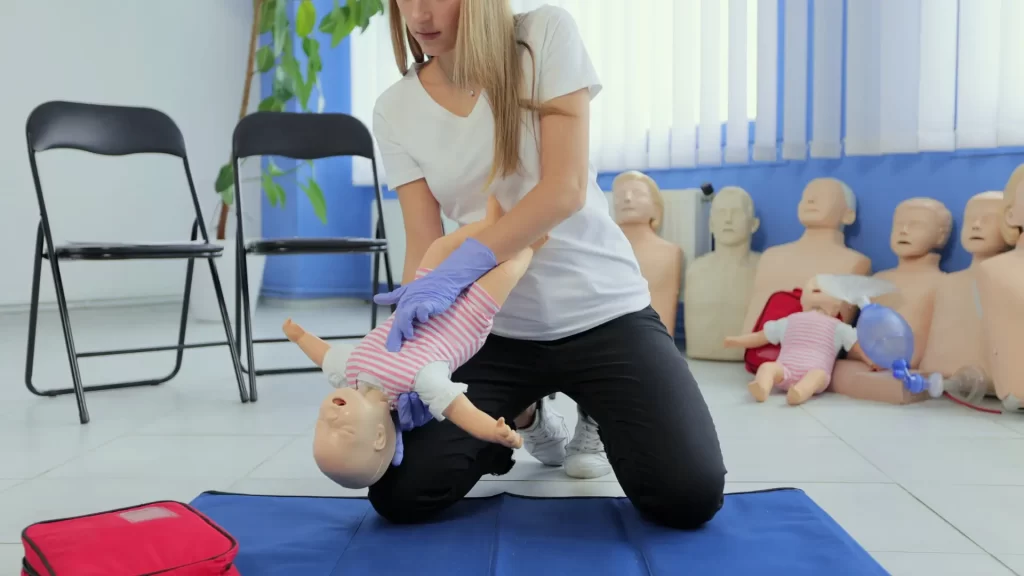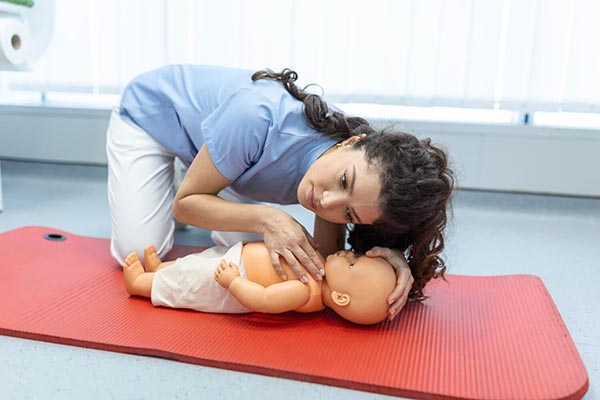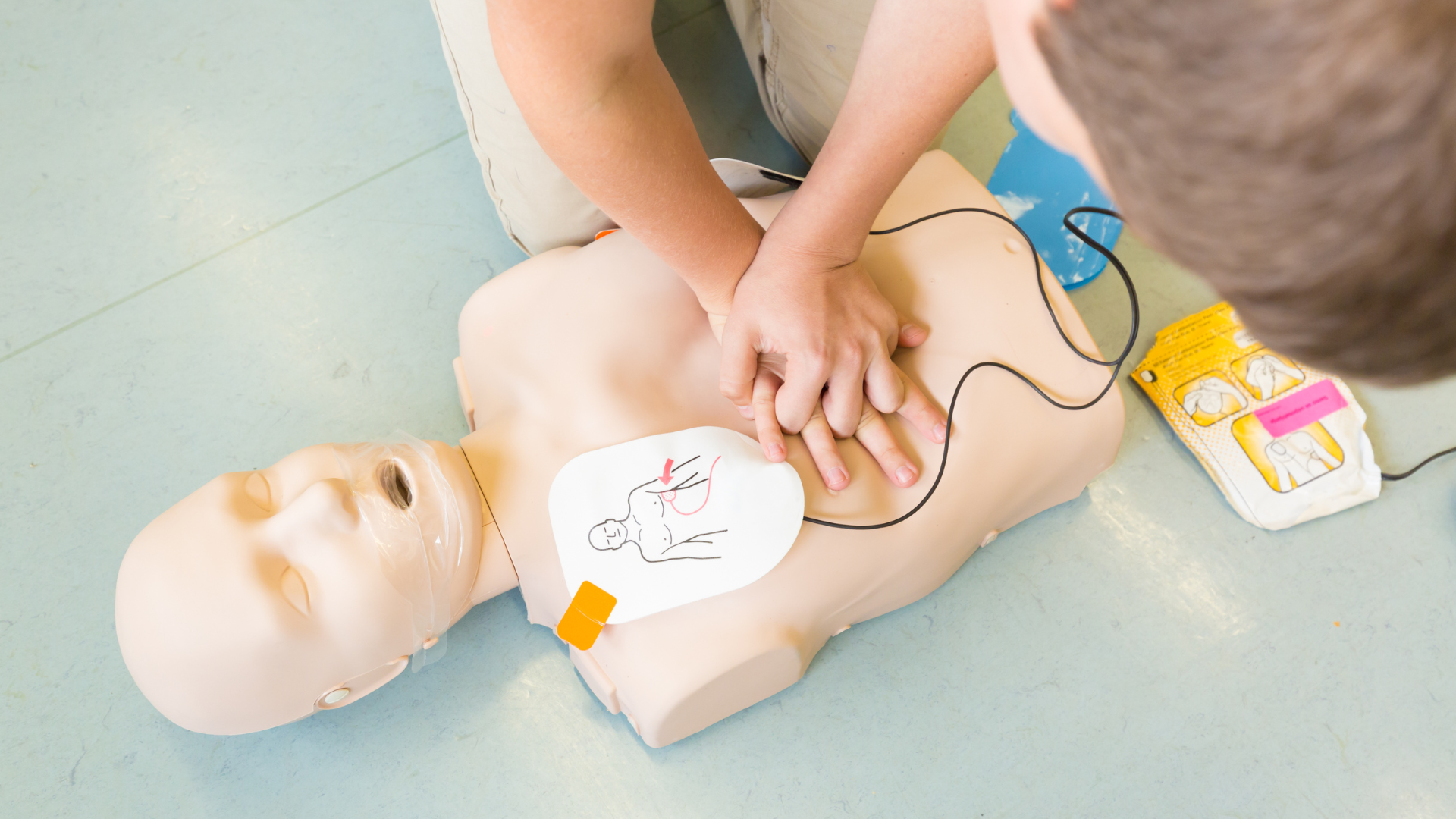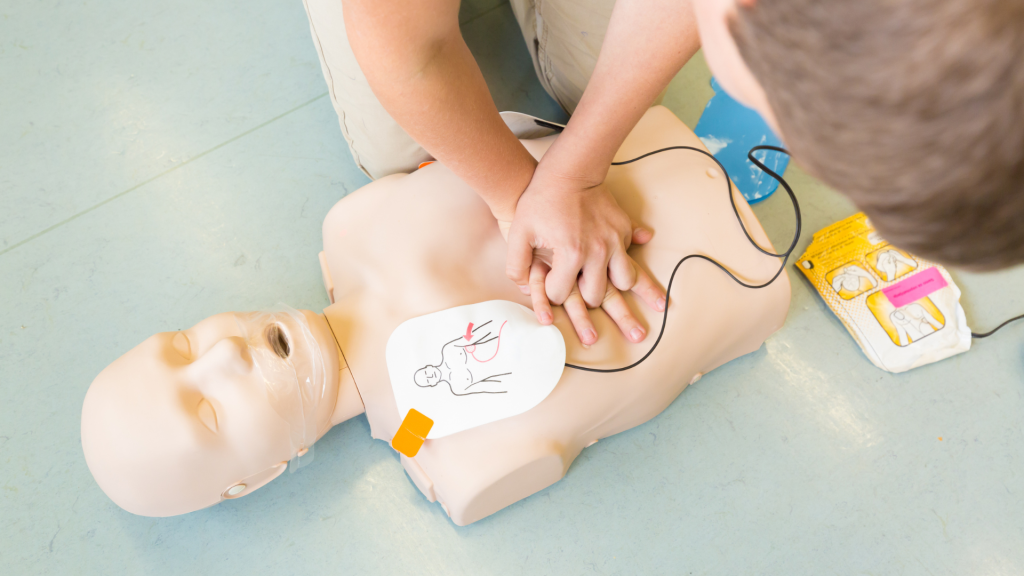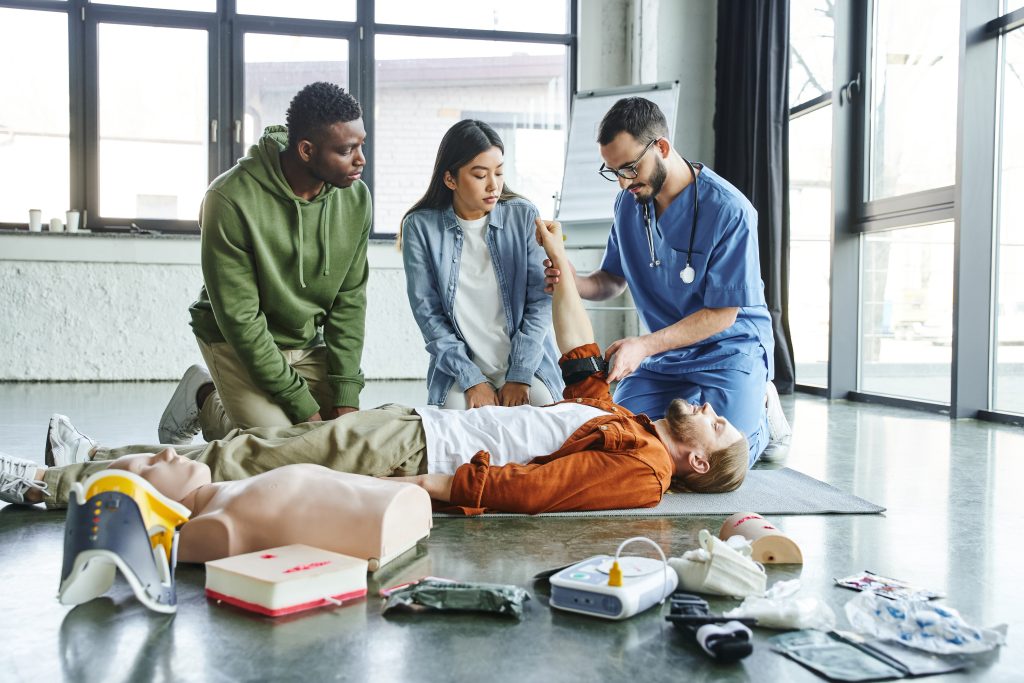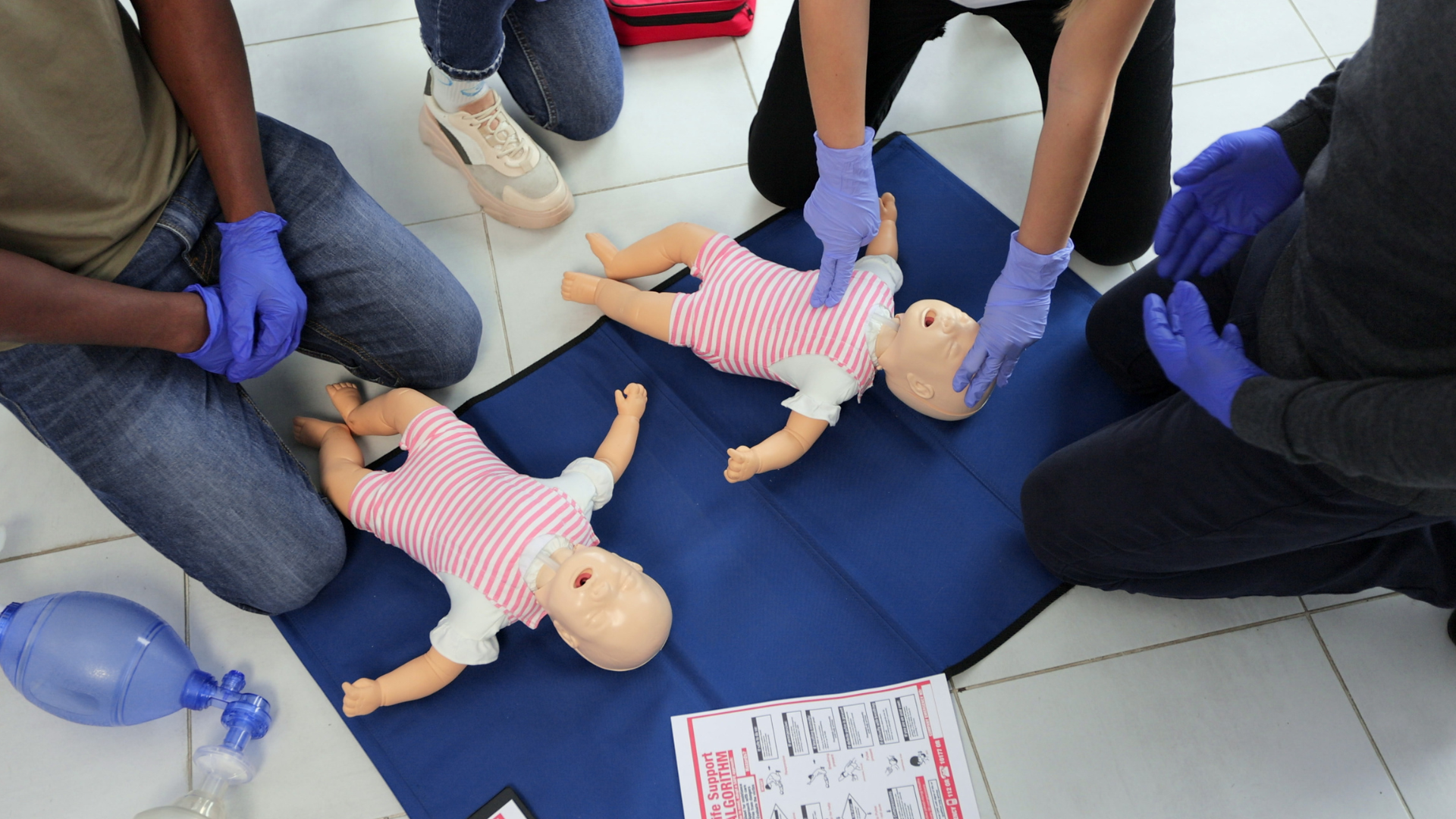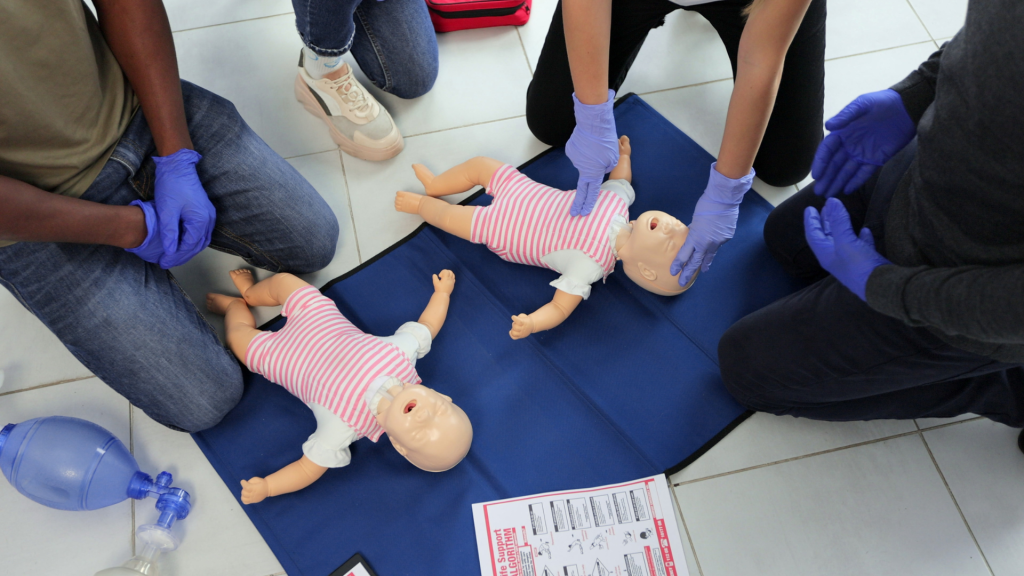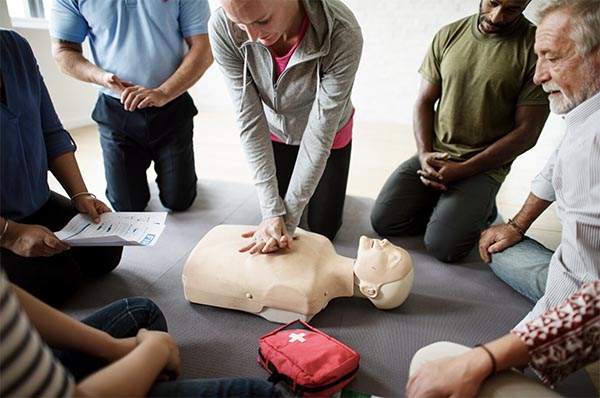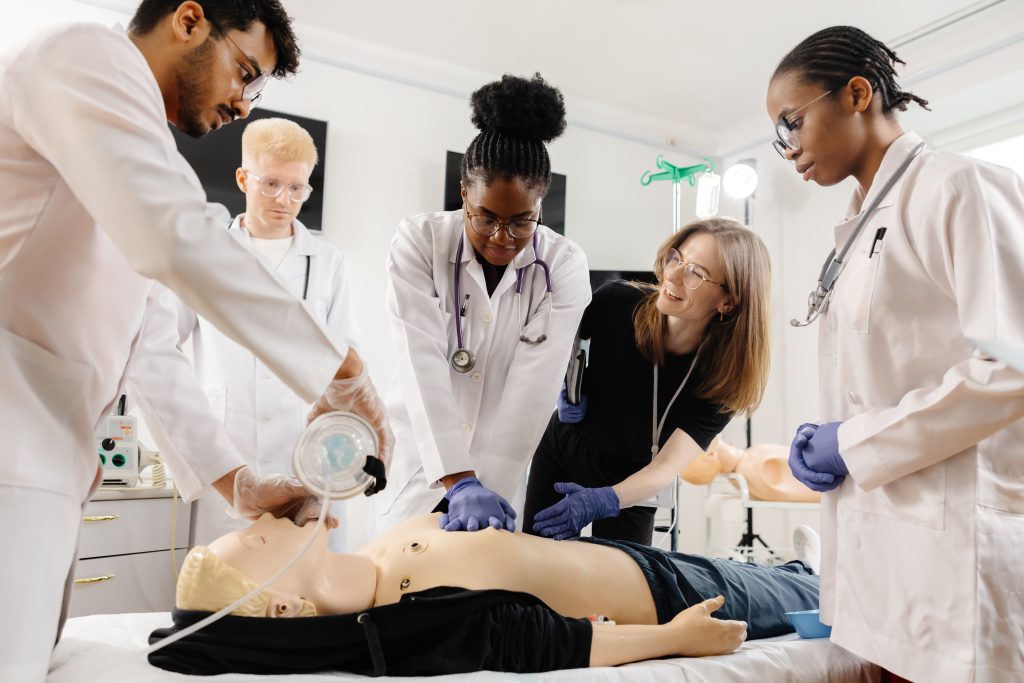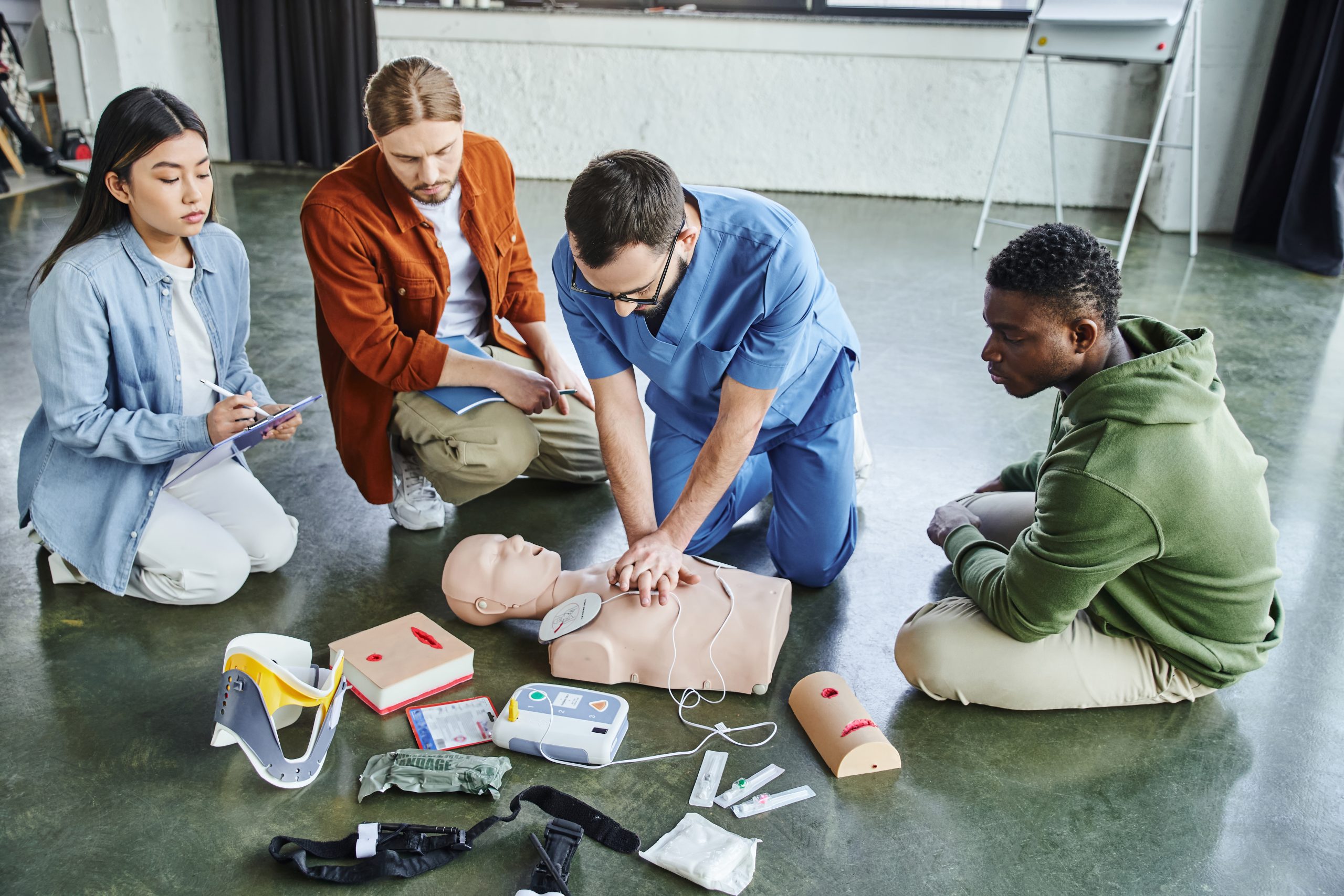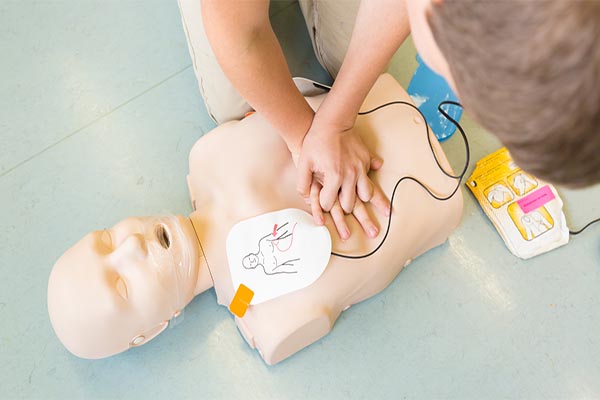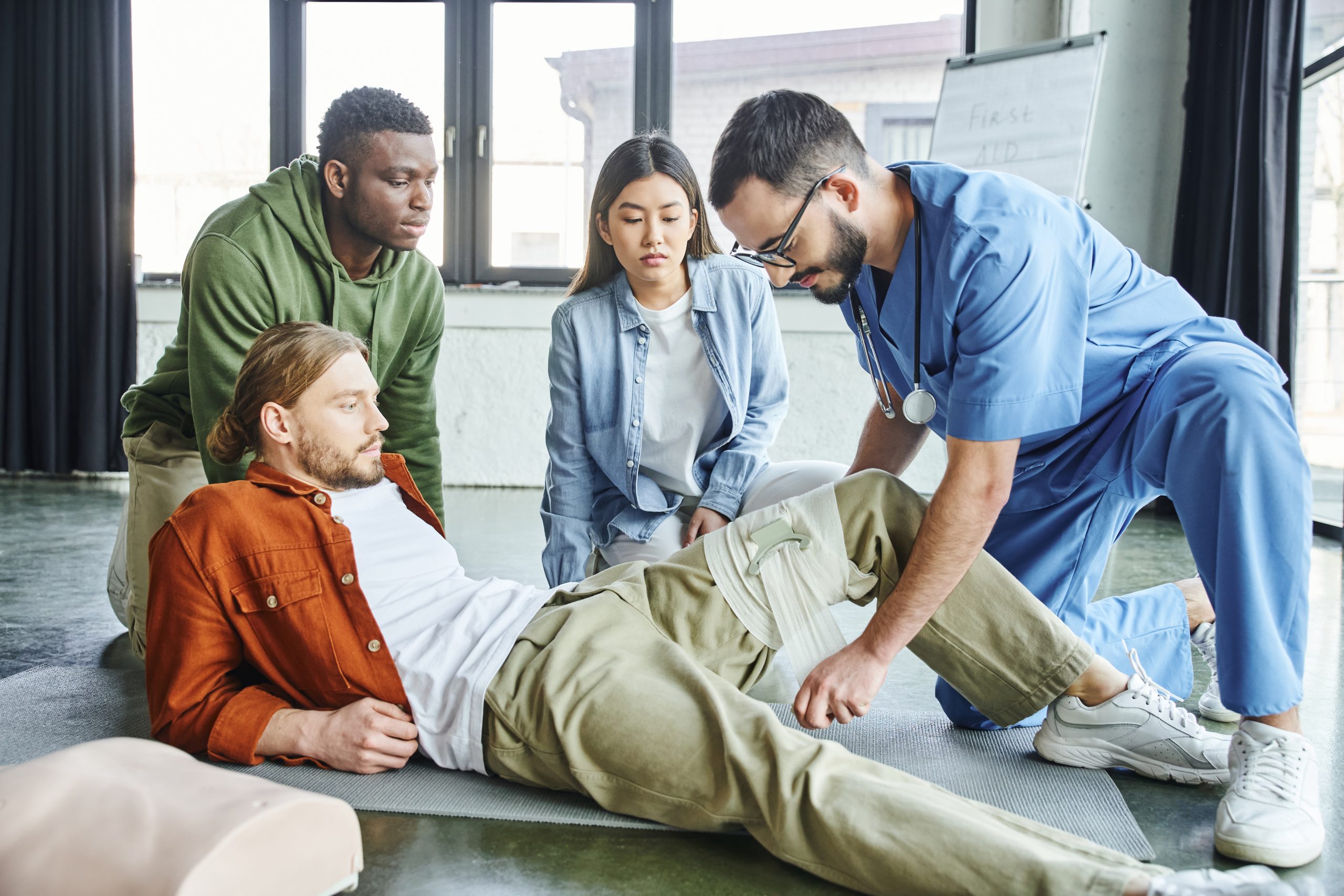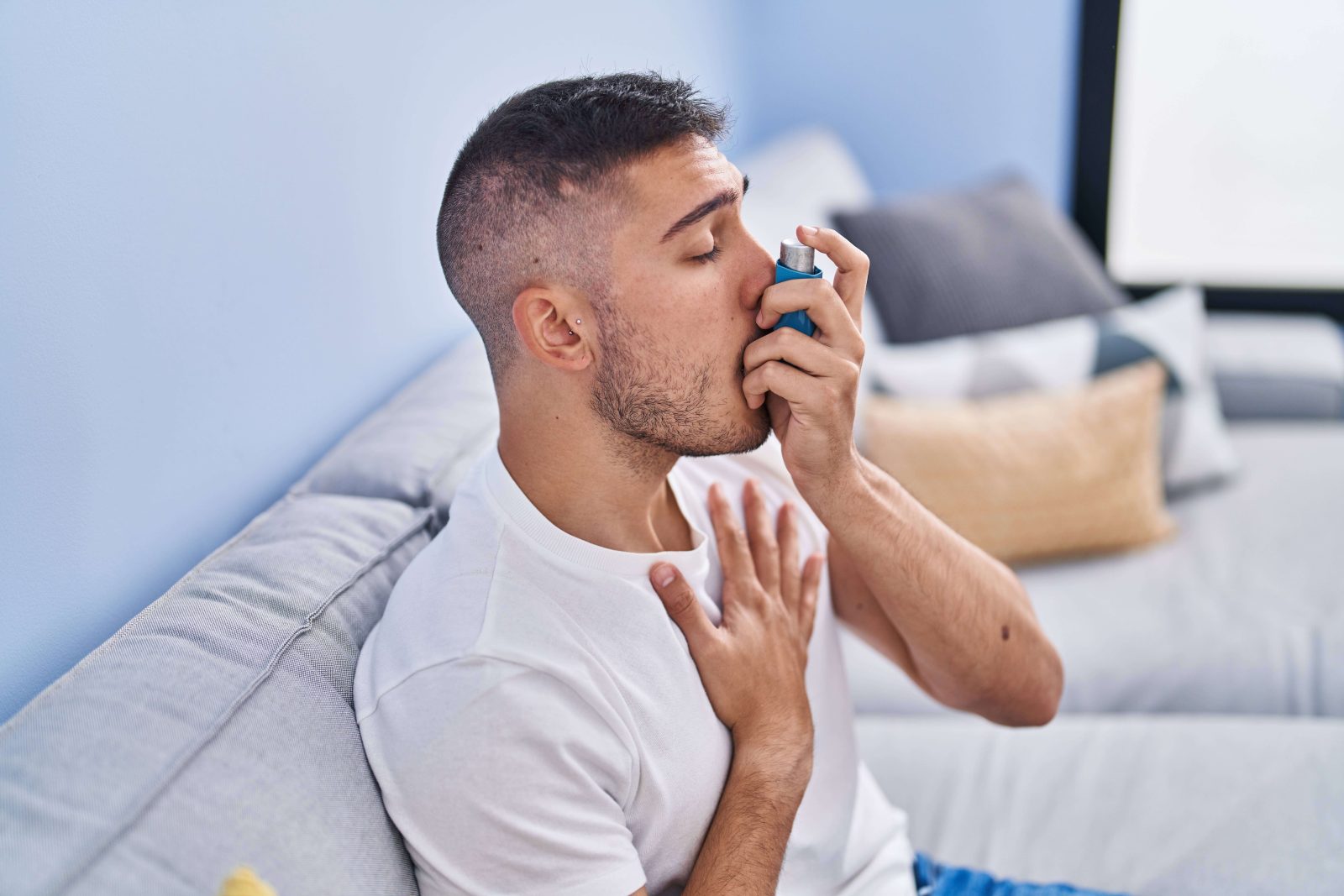In the fast-paced and demanding world of healthcare, ensuring you are equipped with the latest skills and certifications is crucial. As a home health aide, maintaining your CPR certification is not just a professional requirement but a vital part of ensuring the safety and well-being of your clients. This article provides practical tips and insights to help you stay on top of your certification requirements, ensuring you’re always prepared to provide life-saving care. The commitment to keeping your CPR certification current is a testament to your dedication to the healthcare profession and to the individuals you serve.
Keeping your CPR certification updated is essential not only for the immediate benefits of responding to emergencies but also for long-term career development. Certification is a reflection of your competence and dedication to client safety, which is paramount in home healthcare settings. This article will delve into why CPR certification is so critical, how to maintain it, and the broader impact it has on your professional journey. By understanding these elements, you position yourself as a valued asset in the healthcare community, ready to meet the challenges of the job with confidence and skill.
Why CPR Certification Matters for Home Health Aides
CPR, or Cardiopulmonary Resuscitation, is a life-saving technique that is essential in emergencies such as cardiac arrest. For home health aides, the ability to perform CPR can make a significant difference in the outcome of a medical emergency. Maintaining your CPR certification ensures that you are always ready to respond effectively and confidently. It is a skill that bridges the gap between a sudden health crisis and the arrival of emergency services, potentially saving a life when every second counts.
The Role of CPR in Home Healthcare
In the home healthcare setting, emergencies can occur at any time. Whether it’s a sudden cardiac event or a choking incident, being able to perform CPR quickly and correctly can save lives. As a home health aide, you’re often the first responder in these situations, making your CPR skills invaluable. The intimate nature of home care means you often work alone, without the immediate backup of a medical team, underscoring the need for proficiency in CPR.
CPR’s importance is magnified in home healthcare, where the personalized care environment can sometimes make emergencies less visible to others. This requires aides to be vigilant and ready to act independently. Moreover, the trust placed in home health aides by clients and their families is immense, and being prepared to perform CPR reinforces that trust. It assures them that their loved ones are in capable hands, ready to handle any health crisis promptly and professionally.
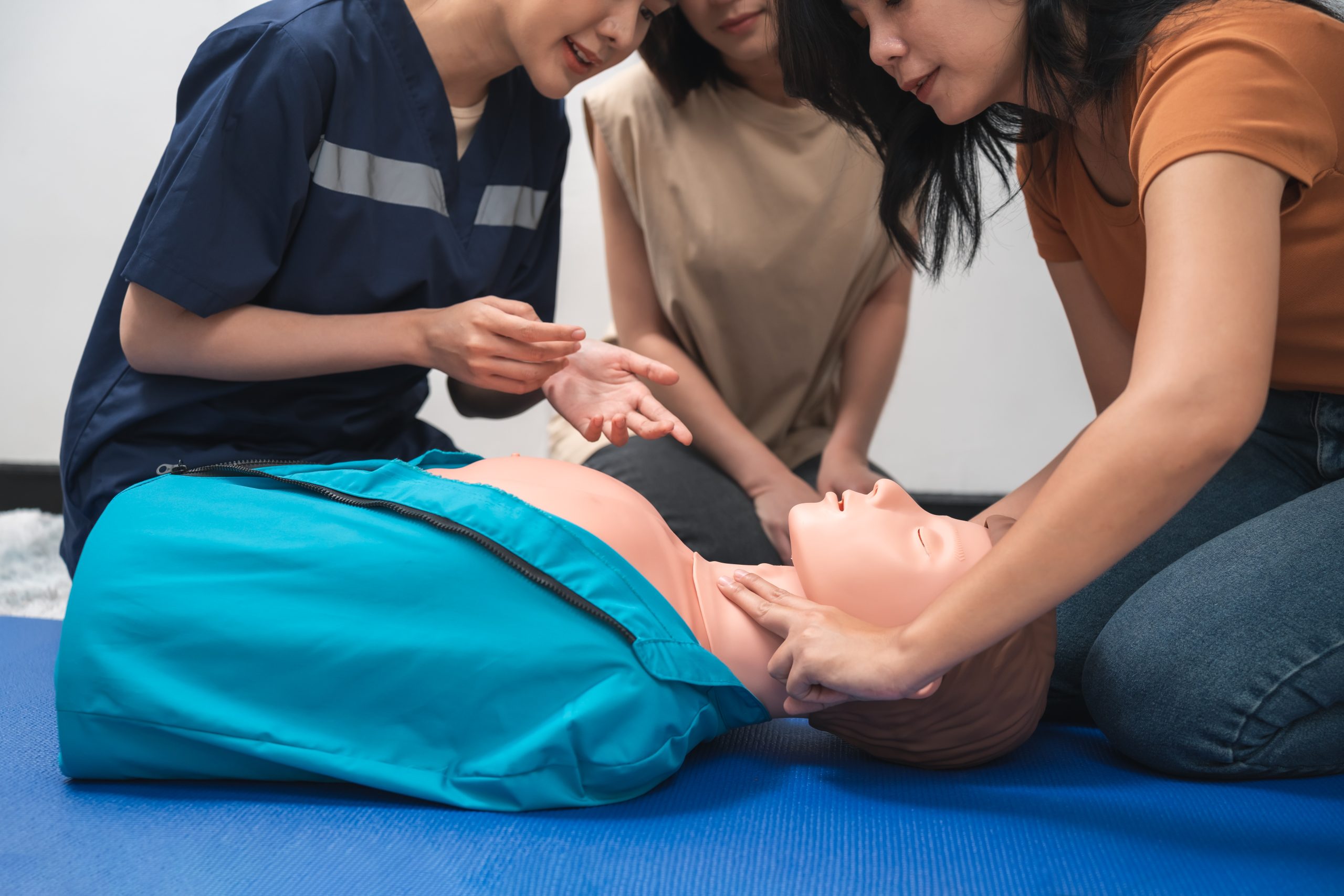
Professional and Legal Requirements
Beyond the practical necessity, maintaining your CPR certification is often a legal requirement for employment in the healthcare field. Employers require proof of certification as it demonstrates your competence and commitment to providing high-quality care. Keeping your certification up to date is essential for your career development and job security. It is a reflection of your adherence to industry standards and your willingness to uphold the ethical responsibilities of your role.
In many jurisdictions, healthcare regulations stipulate that professionals must maintain current certifications to practice, particularly in roles involving direct patient care. Failing to do so can result in penalties, including the loss of employment or professional licensure. Additionally, an up-to-date CPR certification can make you a more attractive candidate in the competitive job market, where employers seek individuals who prioritize continuous learning and skill enhancement. This proactive approach to maintaining certification demonstrates a commitment to excellence that is highly valued in the healthcare profession.
Understanding CPR Certification Renewal
How Often Should You Renew?
CPR certification is not a one-time achievement; it requires regular renewal to ensure skills remain sharp and up to date. Most CPR certifications are valid for two years, after which a renewal is necessary. This interval helps ensure that you are familiar with the latest guidelines and techniques. Regular renewal is crucial as it reflects the dynamic nature of medical knowledge and practices, which evolve as new research emerges and standards are updated.
Staying current with CPR certification also helps reinforce your confidence in performing the technique. As guidelines change to incorporate new findings, regular training ensures you are applying the most effective methods. This knowledge can significantly impact the quality of care you provide, as outdated techniques may be less effective or even harmful. Renewing your certification keeps you at the forefront of best practices, enabling you to deliver the highest standard of care in emergency situations.
Certification Requirements
The renewal process typically involves attending a refresher course, which includes both a written exam and a practical skills test. These courses can often be completed in a single day, and they are designed to refresh your knowledge while updating you on any changes in CPR procedures. The hands-on component is particularly important, as it allows you to practice and refine your skills under the guidance of experienced instructors.
Renewal courses also provide an opportunity to engage with peers and instructors, fostering a collaborative learning environment. This interaction can lead to the exchange of valuable insights and experiences that enhance your understanding of CPR application. Furthermore, attending these courses regularly helps build a habit of lifelong learning, a critical trait in the ever-evolving field of healthcare. By staying engaged with the latest training, you ensure that you are not only meeting professional requirements but also enriching your personal skill set.
Tips for Maintaining Your CPR Certification
Schedule Regular Reminders
With busy schedules, it’s easy to forget when your certification is due for renewal. Setting regular reminders well in advance of the expiration date can help you plan and ensure that you have ample time to complete the necessary training. Consider using digital calendars or apps that offer notification features to help keep you on track. This proactive approach minimizes the risk of letting your certification lapse, which could impact your employment status.
By scheduling reminders, you also allow yourself the flexibility to choose renewal courses that fit your schedule. This foresight prevents the last-minute rush that can lead to stress and potential gaps in certification. Additionally, planning ahead can provide opportunities to take advantage of early registration discounts or to secure spots in popular courses that fill up quickly. This strategic management of your certification timeline ensures you remain compliant with professional standards while maintaining peace of mind.
Choose the Right Training Provider
Not all CPR courses are created equal. Choose a reputable training provider, such as the American Heart Association or the Red Cross, that offers comprehensive and recognized certification programs. Ensure the course covers adult, child, and infant CPR, as well as automated external defibrillator (AED) usage. These organizations are renowned for their rigorous training standards and up-to-date curriculum, providing assurance that you are receiving quality education.
Selecting the right provider is crucial as it affects the validity and recognition of your certification. Employers often prefer certifications from established organizations, as they are trusted to deliver consistent, high-quality training. Additionally, these providers often offer resources and support that extend beyond the initial training, including access to updated materials and continued education opportunities. Aligning with a respected training institution enhances your professional credibility and ensures you are equipped with the most current skills.
Take Advantage of Online Resources
Many organizations offer online CPR renewal courses that allow you to complete the theoretical portion at your convenience. These online modules are often followed by an in-person skills assessment. This hybrid approach can save you time and make it easier to fit training into your schedule. Online learning platforms provide flexibility, allowing you to study at your own pace and revisit challenging content as needed.
Utilizing online resources can also expose you to a broader range of instructional materials, including videos, interactive simulations, and quizzes, which can enhance your learning experience. The combination of online and in-person training ensures that you receive both the theoretical foundation and practical application necessary for effective CPR performance. This blended learning model is particularly beneficial for busy professionals, offering a convenient yet comprehensive method to maintain certification.
Practice Regularly
Even when you’re not due for renewal, regularly practicing CPR techniques can keep your skills sharp. Consider setting up practice sessions with fellow home health aides or joining local CPR practice groups to maintain your proficiency. Regular practice reinforces muscle memory, ensuring that your response in an actual emergency is swift and accurate.
Engaging in practice sessions also allows you to stay connected with a community of peers who share your commitment to quality care. These interactions can provide support and motivation, as well as opportunities to learn from each other’s experiences. Additionally, practicing in a group setting can simulate real-life scenarios, helping you to refine your skills in a more dynamic and realistic environment. This continuous practice not only bolsters your confidence but also enhances your readiness to act effectively in critical situations.
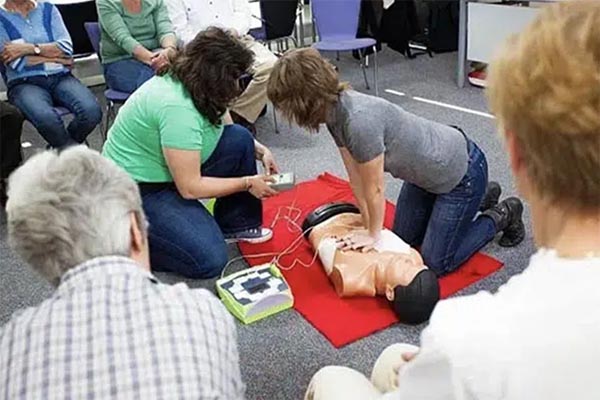
Staying Informed About CPR Guidelines
Keep Up with Industry Changes
CPR guidelines are periodically updated based on the latest research and best practices. Staying informed about these changes is crucial. Subscribe to newsletters or join professional organizations that provide updates on CPR guidelines and healthcare practices. Being aware of these updates ensures that you are always prepared to apply the most effective techniques, which can significantly impact patient outcomes.
Engaging with industry changes also fosters a culture of continuous improvement and learning. By staying informed, you demonstrate a proactive approach to your professional development, which is highly valued in the healthcare sector. This commitment to staying current not only enhances your own skills but also positions you as a knowledgeable resource within your professional community. Keeping up with changes can also inspire you to explore further educational opportunities, broadening your expertise and career prospects.
Attend Workshops and Seminars
Workshops and seminars offer opportunities to learn about new CPR techniques and technologies. They also provide a platform to network with other healthcare professionals and share experiences and insights. Attending these events can reinvigorate your passion for your work and expose you to innovative practices that you can incorporate into your care routines.
These gatherings also allow you to engage directly with experts in the field, providing a richer understanding of CPR advancements and their practical applications. Furthermore, workshops and seminars often include hands-on components, where you can practice new techniques and receive immediate feedback. This experience not only enhances your skills but also boosts your confidence in handling real-life emergencies. By participating in these events, you continue to build your professional network and access resources that support your ongoing development.
The Impact of CPR Certification on Your Career
Enhancing Your Professional Reputation
Maintaining your CPR certification not only ensures you’re prepared for emergencies but also enhances your professional reputation. It demonstrates your commitment to ongoing learning and your dedication to providing the best care possible. In a field where trust and competence are paramount, having up-to-date certifications can set you apart from your peers and highlight your dedication to excellence.
A strong professional reputation can open doors to new opportunities and collaborations within the healthcare community. It positions you as a reliable and knowledgeable practitioner, which can lead to increased responsibilities and recognition in your role. Moreover, consistently maintaining your certification reflects positively on your character, showcasing your reliability and initiative. This reputation can be a powerful asset in building long-term career success and satisfaction.
Career Advancement Opportunities
Having an up-to-date CPR certification can open doors to new job opportunities and career advancement. Employers often look for candidates who are proactive about maintaining their skills and certifications. Being certified can qualify you for roles that require specialized training, potentially leading to positions with greater responsibility and higher pay.
In addition to immediate job prospects, maintaining certification demonstrates a readiness to embrace further professional development. This proactive attitude can make you a candidate for leadership or specialized roles within your organization, as it shows a commitment to personal and professional growth. Furthermore, as healthcare continues to evolve, being certified keeps you competitive and adaptable, ready to seize opportunities in emerging areas of the field.
Building Trust with Clients
Clients and their families place a great deal of trust in home health aides. By maintaining your CPR certification, you reassure them that you are prepared to handle emergencies, which can build trust and strengthen your professional relationships. This trust is fundamental to effective care, as it fosters a supportive and secure environment for clients.
Reinforcing trust through certification also contributes to client satisfaction and retention, as families feel confident in the care being provided. This assurance can lead to positive referrals and a strong reputation within the community, further enhancing your career prospects. By consistently demonstrating your preparedness and dedication, you solidify your position as a trusted and respected healthcare provider, committed to the well-being and safety of your clients.
Conclusion
Maintaining your CPR certification is a crucial aspect of your role as a home health aide. It ensures you are equipped to handle emergencies effectively, meets professional requirements, and enhances your career prospects. By staying informed, practicing regularly, and choosing the right training providers, you can ensure your certification is always up to date. This commitment to excellence not only benefits your clients but also contributes to your personal and professional growth.
Remember, in the world of home healthcare, being prepared can make all the difference. Keep your CPR skills sharp and your certification current to provide the best care possible. Your dedication to maintaining these vital skills underscores your commitment to quality care and your role as an essential part of the healthcare system. By investing in your CPR training, you invest in your future, ensuring that you are ready to meet the demands of your profession with confidence and competence.
Contact CPR Classes Near Me for CPR and First Aid Classes
Are you ready to enhance your skills and ensure you’re prepared for emergencies? Don’t wait any longer! Contact CPR Classes Near Me today to enroll in comprehensive CPR and First Aid classes. Our expert instructors will provide you with the latest techniques and knowledge to keep you and your loved ones safe.
Take the first step towards becoming a confident and competent caregiver. Sign up now and invest in your future!
